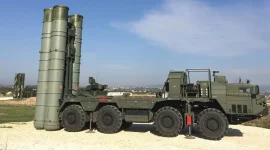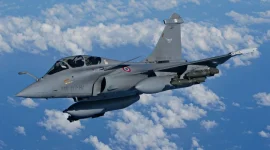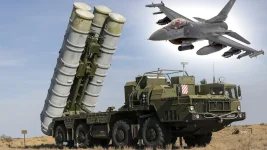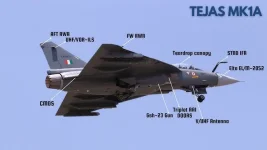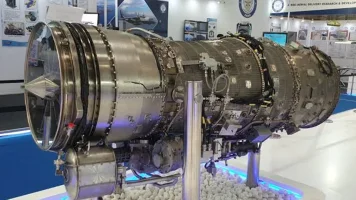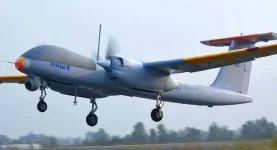- Views: 2K
- Replies: 9
Leaked documents from Russia's state-owned defence conglomerate, Rostec, have exposed significant and long-standing reliability problems with the Zhuk-ME radar systems installed on the Indian Navy's fleet of MiG-29K and MiG-29KUB carrier-based fighter jets.
The revelations highlight a critical vulnerability in India's naval aviation capabilities and position a domestically developed radar as a timely replacement.
The internal Russian report, which was circulated online after being obtained by a hacker group, details years of disputes between Indian and Russian officials over the radar's subpar performance.
According to the original 2004 procurement contract, the Zhuk-ME radar, developed by NIIR Phazotron, was required to have a Mean Time Between Failures (MTBF) of 150 flight hours.
This metric is a crucial indicator of reliability, and meeting this standard was essential for maintaining the operational readiness of the MiG-29K fleet, which serves as the primary air wing for India's aircraft carriers, INS Vikramaditya and INS Vikrant.
However, the leaked data shows that the radar's actual performance fell dramatically short of these contractual obligations. Between 2016 and 2018, its MTBF plummeted to as low as 60 hours, less than half the guaranteed standard.
The system was plagued by recurrent issues, including overheating circuits and defective signal processors, which reportedly led to as much as 20% of the 45-aircraft fleet being non-operational by 2019.
The report also alleges that Russian engineers attempted to conceal the severity of the problem by including flights with non-functional dummy radars in their reliability calculations.
Indian Navy records cited in the documents show that formal complaints were lodged in 2018 regarding these persistent failures and delays in repairs. Despite attempts by the Russian manufacturer to implement fixes, the issues were not resolved.
The situation escalated in May 2019 when the Indian Navy officially revoked the airworthiness certificate for the Zhuk-ME radar, a significant step that underscored the system's unreliability.
This development comes at a sensitive time, as global sanctions and geopolitical tensions have already strained the supply of spare parts for Russian-made military equipment.
In the midst of this crisis, a potential indigenous solution has emerged from Chennai-based Data Patterns (India) Ltd. The company has developed the HAWK I 900, a modern Active Electronically Scanned Array (AESA) radar.
Unlike older mechanically steered radars, an AESA radar uses a fixed array of hundreds of small modules to electronically steer the beam, allowing for faster tracking of multiple targets and greater resistance to jamming.
The HAWK I 900 is built using advanced Gallium Nitride (GaN) technology, which offers superior range, power efficiency, and heat resistance compared to legacy systems. It is designed to detect fighter-sized targets beyond 150 kilometres and engage over 20 targets simultaneously.
Data Patterns has proactively proposed the HAWK I 900 to the Indian Navy as a direct replacement for the troubled Zhuk-ME radars on the MiG-29K fleet.
To accelerate its adoption under the government's 'Atmanirbhar Bharat' initiative, the company has formally requested a MiG-29K aircraft from the Navy to integrate and test the new radar. This move aims to extend the operational life of the naval fighters well into the 2030s.
The potential application of the HAWK I 900 extends beyond the Navy. The Indian Air Force (IAF) has also shown interest in the radar for its own fleet of 59 MiG-29UPG fighters, which are currently undergoing a service-life extension program.
According to a company executive, equipping the legacy MiG fleets with this indigenous AESA radar would upgrade them to fourth-generation-plus combat capabilities at a significantly lower cost than imported alternatives, while also opening up potential export opportunities to other countries that operate MiG aircraft.

